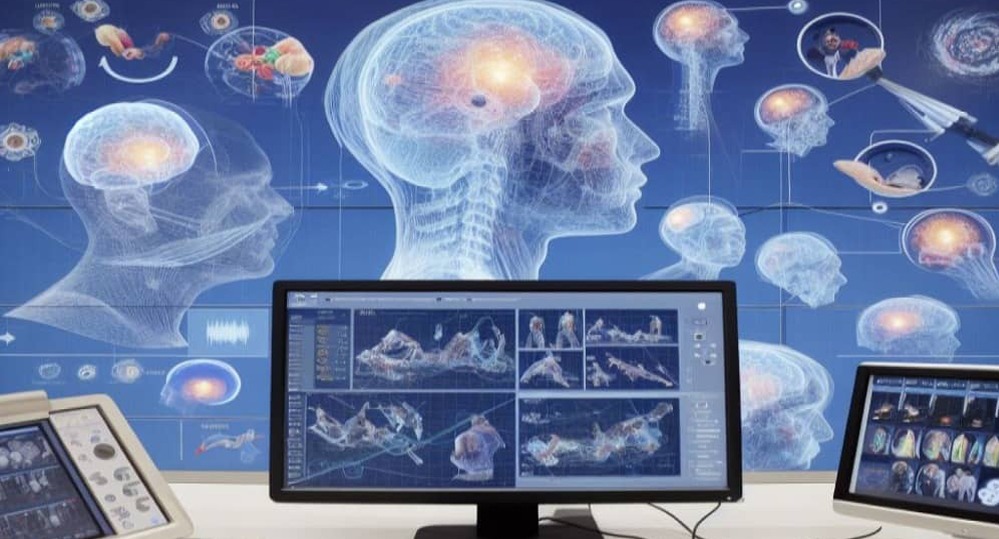Action Observation and Motor Imagery-based Brain-Computer Interface for Stroke Rehabilitation System

KEY INFORMATION
TECHNOLOGY OVERVIEW
Arm and hand impairment is the major problem usually found in stroke patients, which extremely affects their quality of life. Moreover, motor rehabilitation using conventional physical therapy is ineffective in stroke patients who have severe to moderate arm and hand impairment due to inability to perform voluntary movement. In order to help these patients regain arm and hand function, we have researched and developed brain-computer interface system for motor rehabilitation in stroke patients. This system can help stroke patients learn how to do voluntary arm and hand movement by using only their thoughts or brain signals; additionally, it can also enhance neural plasticity that is the key concept in stroke recovery. Finally, we aim to distribute this technology to the department of rehabilitation in hospitals, rehabilitation clinics, and home use.
TECHNOLOGY FEATURES & SPECIFICATIONS
The technology consists of three subsystems including,
- Electroencephalograph (EEG) Acquisition Device
- Neuromuscular Electrical Stimulation (NMES) Device
- Motor Imagery Classification & Action Observation Module
All subsystems work synchronously, from displaying the movement video, measuring brain activity while patient imagines, detecting imagination events from brain signal, and stimulating targeted muscles to create real movement.
POTENTIAL APPLICATIONS
- Neurorehabilitation (Stroke Rehabilitation, Spinal Cord Injury Rehabilitation, etc.)
- Sports Science (Mind-Body Communication Improvement)
- Gamification (Game control by brain signal)
- Insurance Provider
Unique Value Proposition
The technology expands rehabilitation capabilities to all severity, all phases of stroke condition with its active-assisted rehabilitation method. The system is developed based on neural plasticity concept, which not only maintain, but help improves patient movement. The technology enables therapist to visualize the brain activities along with the ongoing rehabilitation process.
